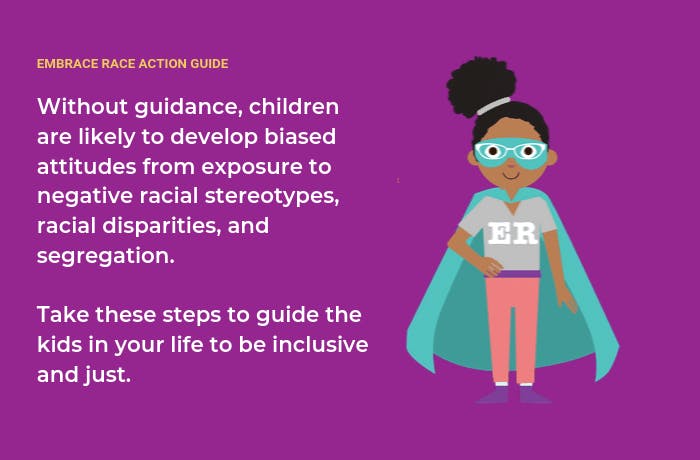8 Tips for Talking to Your Child About Racial Injustice
by Marianne Celano, Ph.D., Marietta Collins, Ph.D., & Ann Hazzard, Ph.D.

In our field of psychology, the research is clear. Children as young as three years of age notice and comment on differences in skin color. Humans of all ages tend to ascribe positive qualities to the group that they belong to and negative qualities to other groups. Without guidance, children are likely to develop biased attitudes from exposure to negative racial stereotypes, racial disparities, and segregation.
We wrote Something Happened in Our Town: A Child's Story about Racial Injustice to help diverse parents and children have an ongoing conversation about racial injustice. The tips that follow were adapted from the notes to parents we included at the back of the book. Find additional resources from the book here. Check out the conversation we had with EmbraceRace here.
1. Take the time to address your child’s questions or comments.
Do not ignore or sidestep them with blanket reassurances (e.g., “We are all the same inside”). If you aren’t prepared to give an answer, validate the question and return with an answer at a later time.
2. If your child makes a negative racial comment, ask him or her in a nonjudgmental tone, “What makes you say that?”
Your child’s answer may provide an opportunity to counter generalizations or to increase empathy.
3. Encourage multidimensional views of others.
Preschoolers tend to view people as all good or all
bad. You can help your child to recognize human
complexity and learn to consider both similarities
and differences between people in appearance,
feelings, preferences, and behaviors.
4. Be prepared to talk about what your children see and hear.
They may need help in understanding community events or news stories.
5. Use children's literature to introduce children to diverse individuals and social justice issues.
Ask questions to help children develop empathy for characters who encounter racism or other types of bias.
6. Clearly state that you believe it is wrong to treat someone differently or unfairly because of their race.
Affirm that you believe that racial injustice is still a problem.
7. Balance your acknowledgement of the reality of racism with messages about hope for change, the availability of help, and the value of activism.
8. Make a rule that it's not acceptable to tease or reject someone based on identity.
If teasing occurs, try to find out what underlies the behavior. If the conflict is really about another issue, help your child recognize and resolve that issue. If the underlying reason is discomfort with differences, plan activities to try to overcome that.
Marianne Celano

Marietta Collins

Ann Hazzard



